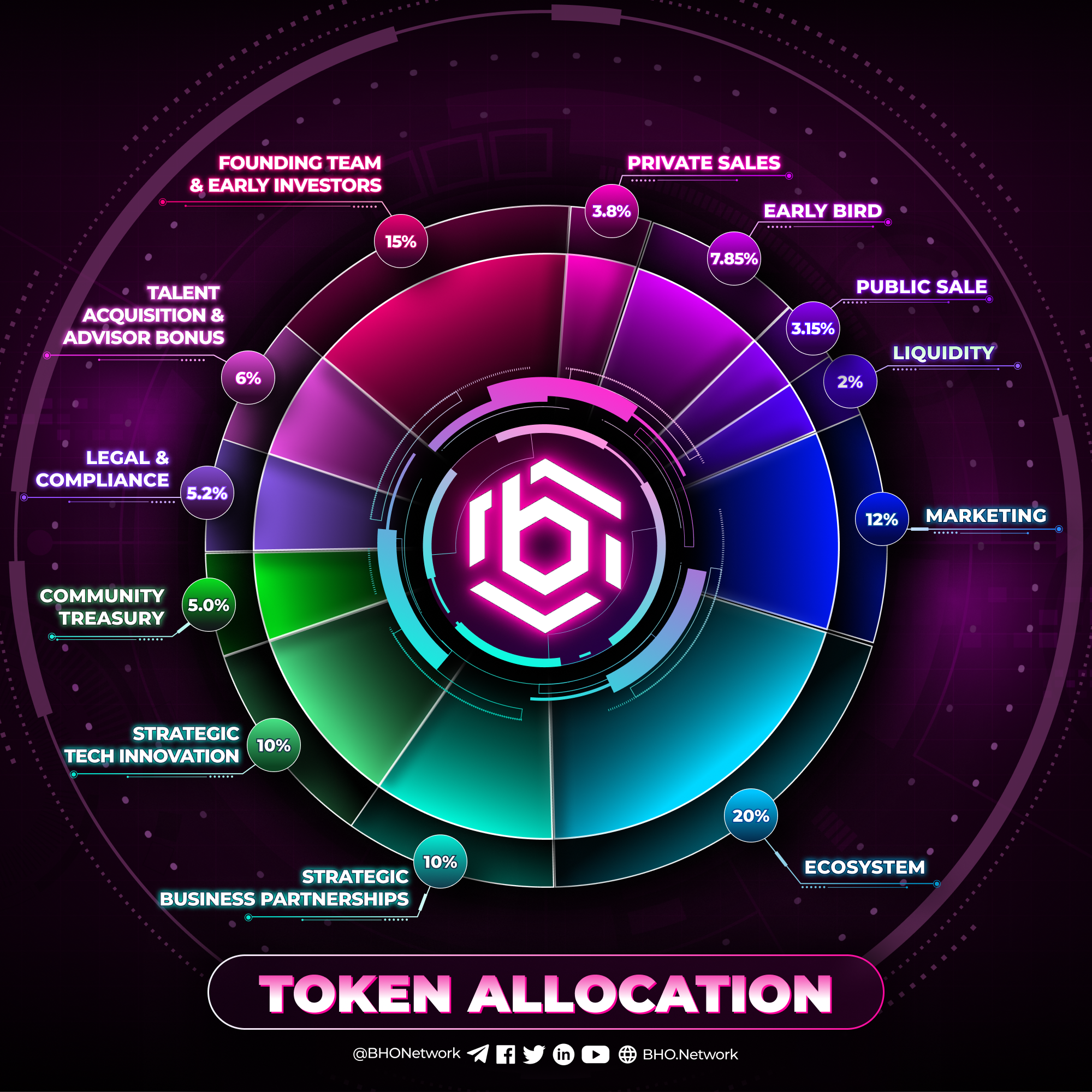Europe Officially Started the Legal War Against Crypto - What’s Next for the Market?
- The whole Crypto regulatory picture in Europe
- Tensions Rises With MiCA Bill
- Pressure with anti-money laundering and identity verification regulations
- The European Central Bank (ECB) joins the war
- What will be the impact on the market?
- Conclusion
After speculations about whether Europe will follow suit with tough actions on crypto like the world’s top economies, we now have an official answer.
The whole Crypto regulatory picture in Europe
Generally, in the past, Europe does not seem to have taken any strict action so far with the crypto market other than the intention of restricting anonymous crypto wallets and tightening crypto trading in 2024. Even the European Central Bank (ECB) decided to keep interest rates unchanged to strengthen the recovery of the financial market in general.
Besides, the wave of crypto adoption in the EU is making amazing strides, with many well-known traditional banking institutions participating in blockchain. However, some worrying signs have emerged since February 2022.
Firstly, Governor Matolcsy of the Hungarian Central Bank expressed support for the idea of a cryptocurrency ban in the EU. Matolcsy also used China and Russia as examples to explain his position.
Matolcsy's views come just a few weeks after Erik Thedéen, Vice President of the European Securities and Markets Authority, called for the EU to ban Bitcoin mining. He has issued a warning about the problem of environmental pollution in the excessive use of electric energy for mining. Moreover, he asserted that this was a national issue for Sweden.
Tensions Rises With MiCA Bill
At the beginning of March 2022, European Union (EU) legislators agreed to remove a provision that would have led to a ban on Proof-of-Work coins like Bitcoin and Ethereum from the draft Code of Markets in the Cryptocurrency Industry, also known as MiCA.
Essentially, the MiCA is the bill being assessed that will reshape the adoption of cryptocurrencies in the EU. Initiated in September 2020, the bill requires the European Central Bank (ECB) to establish uniform rules for crypto asset providers and issuers in the EU region. In short, MiCA acts as a crypto-specific regulatory framework across the European Union.
Initially, MiCA included a requirement that, by 2025, the law would ban the issuance, circulation and trading of cryptocurrencies with an environmentally unsustainable consensus mechanism. Opponents of the bill have argued that the ban is tantamount to “killing” Bitcoin and Ethereum in Europe, and makes it impossible for regulators to store PoW coins for their customers. Later, lawmakers agreed to remove the controversial request from the MiCA draft in early March.
However, on March 12, in the latest amendment to the law, which is expected to be discussed and approved in the European Parliament on March 14, a provision banning cryptocurrencies that affect the environment has reappeared. This information has been confirmed by Patrick Hansen, crypto legal expert in Europe.
Fortunately for the market, European Parliament legislators rejected the proposed MiCA legislation containing this prohibition, with 24 votes in favor and 32 against. However, the text of the MiCA will be re-drafted by the European Commission, Council and Parliament, and then undergo a submission and vote for approval in the coming months. Ultimately, it remains uncertain whether the proposal to ban PoW will reappear in the revised version of MiCA.
Pressure with anti-money laundering and identity verification regulations
Until the beginning of April 2022, lawmakers of the European Parliament continued to vote on a new regulatory framework to expand anti-money laundering (AML) and identity verification (KYC) regulations to the cryptocurrency industry.
The regulation will impose AML standards on crypto transactions valued at 1,000 EUR or more. In addition, the law also requires identity verification of senders and receivers in crypto transactions.
According to reviews from the community, the new regulation is said to extinguish privacy when participating in crypto transactions of users in Europe, turning cryptocurrencies into something no different from traditional day-to-day financial transactions, easy to be discerned and monitored by the government.
The European Central Bank (ECB) joins the war
On July 12, the ECB released its own research on specific risks to the entire cryptocurrency market.
Another noteworthy point is that the President of the European Central Bank, Christine Lagard, has been very eager to promote the development of CBDCs, with the statement that the ECB will continue to assess the costs and benefits of issuing CBDCs to ensure people will still faithfully use fiat money, even though paper money is decreasing.
Therefore, it can be seen that through its latest research, the ECB has officially fired the shot on behalf of the entire EU into the field of crypto legislation. Because as explained in the MiCA bill, the ECB is the focal point for unifying and shaping the overall regulation for MiCA.
In the study, the ECB has stated that it is necessary to take strong action to have an appropriate solution in the adoption of Proof-of-Stake instead of Proof-of-Work when it comes to serious environmental damage that PoW is causing.
Then there's the DeFi sector. The ECB points out that most DeFi protocols are actually still in a centralized state and use the Ponzi model, rather than the decentralized nature that is commonly thought, regarding the continuous breakdown of lending platforms that recently caused a wide-ranging liquidity crisis in the market.
Finally, the ECB ended the report with a critique of stablecoins, which the bank attempted to veto in early 2021. The ECB bluntly asserted that stablecoins need to be brought into the regulatory circle urgently, especially after the shocking case of LUNA-UST, in addition to the process of promoting the completion of the MiCA bill proposed by the EU.
What will be the impact on the market?
In general, with its position as one of the most economically developed regions in the world, the EU's tough move will definitely become a negative sign, but only in the short term. Because the cryptocurrency market has gradually matured a lot more than before, especially in its absorption with the legal side.
The proof is the long-term war with China, lasting more than 10 years with countless extremely harsh crackdowns, but Bitcoin and the entire market still exist, even growing exponentially. Besides, in general, the EU seems to be lagging behind in terms of regulations and reception compared to other regions such as the US and Asia. This will somewhat reduce the severity of the impact on the overall market when the EU starts implementing its own regulatory tightening plan.
On the other hand, combined with the current downturn of the crypto industry, this step of the EU is necessary, as the market needs more pressure to enter the cycle of stronger purification of poor quality projects, or projects that cause bad damage to the general situation, creating a premise for a more sustainable development phase in the future.
Conclusion
With this analysis, BHO Network team hopes to help investors have the most general overview of the current legal situation that the crypto industry is facing from the EU side. From there, you can make the best decision in the process of investing in the cryptocurrency market in the near future.
Published on July 15, 2022
Tagged topics






